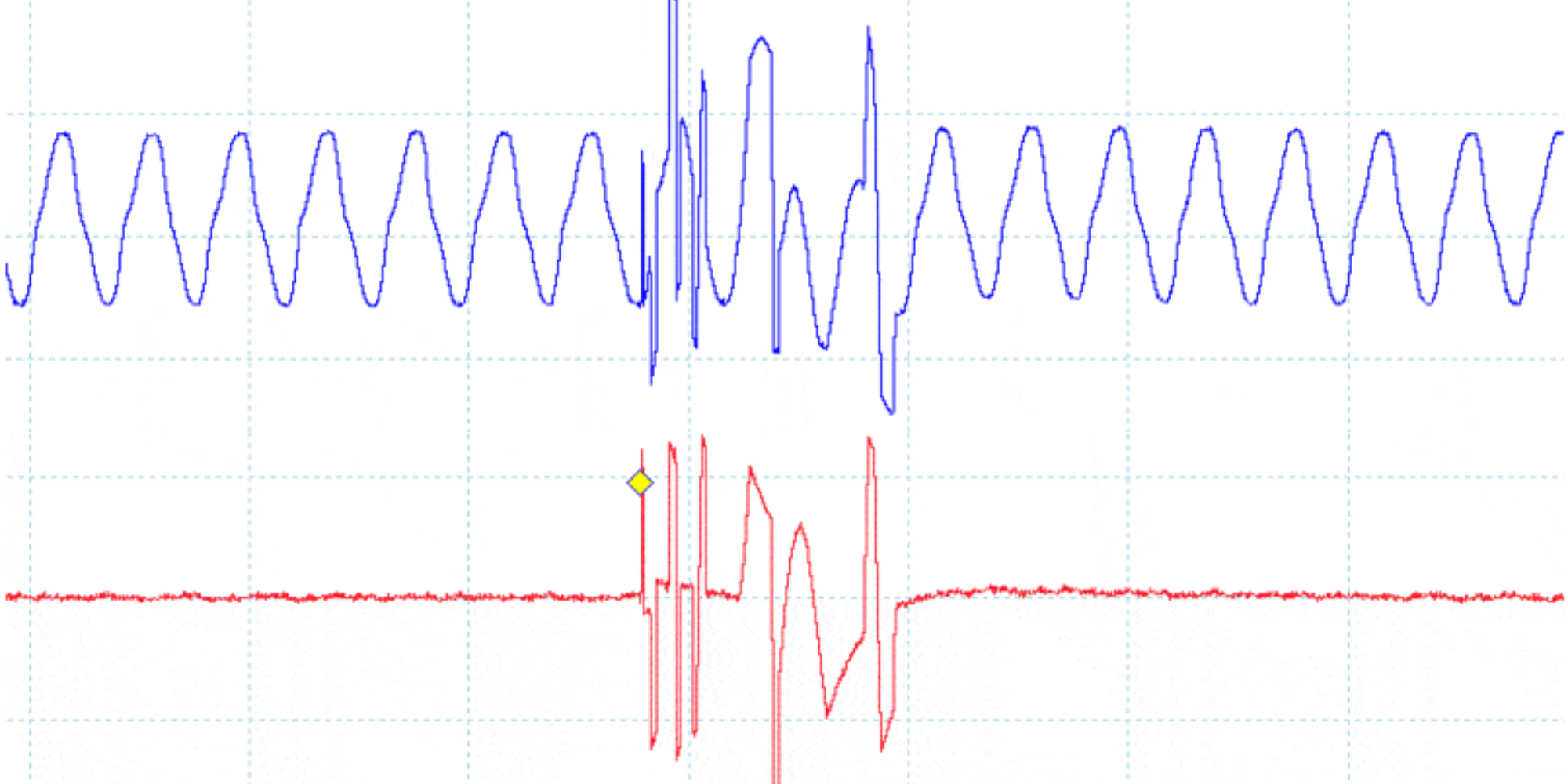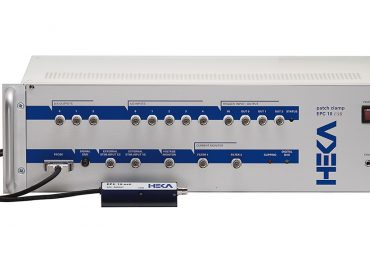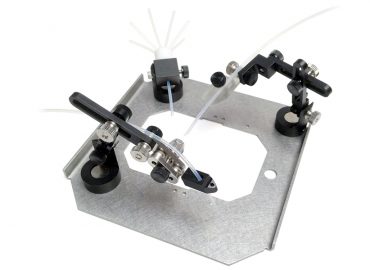Mains interference
Is there an alternative to a 50/60Hz notch filter
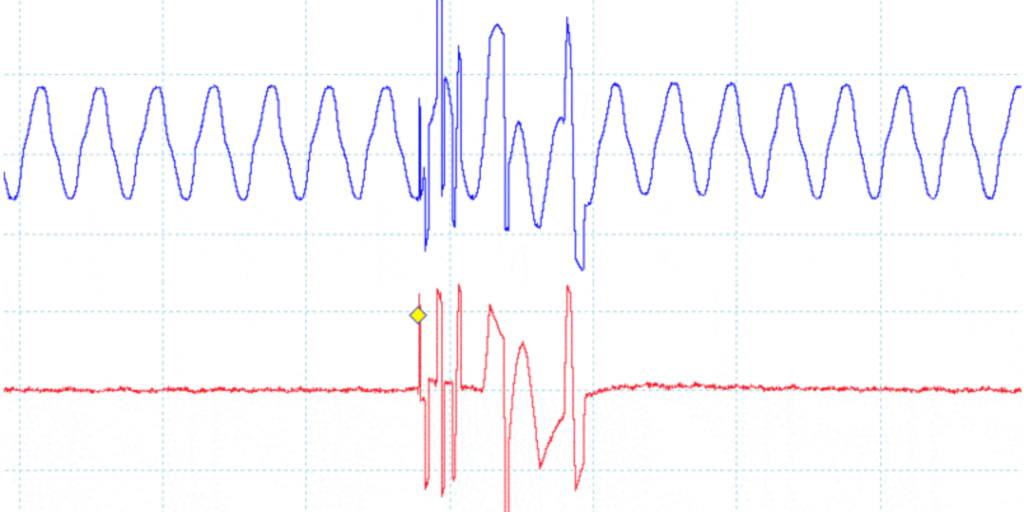
Are you experiencing issues with mains interference and currently using a notch filter?
Electrical interference is notoriously difficult to remove without degrading the original signal embedded within the noise. And whilst notch and comb mains noise filters can routinely be used to suppress 50/60Hz noise, they come with some serious limitations. For instance, notch filters can introduce signal and phase distortion in waveforms and in some cases can lead to “ringing” that can completely mask the signal of interest.
Thankfully, technology in this area has come a long way in recent years.
If the effort to maintain mains noise at an acceptable level has become both time-consuming and frustrating, alternative solutions are now available – so it may be time for an upgrade.
50Hz and 60Hz noise removal without the need for filtering
Here at Digitimer, as part of our biological research range, we now offer two mains noise eliminators.
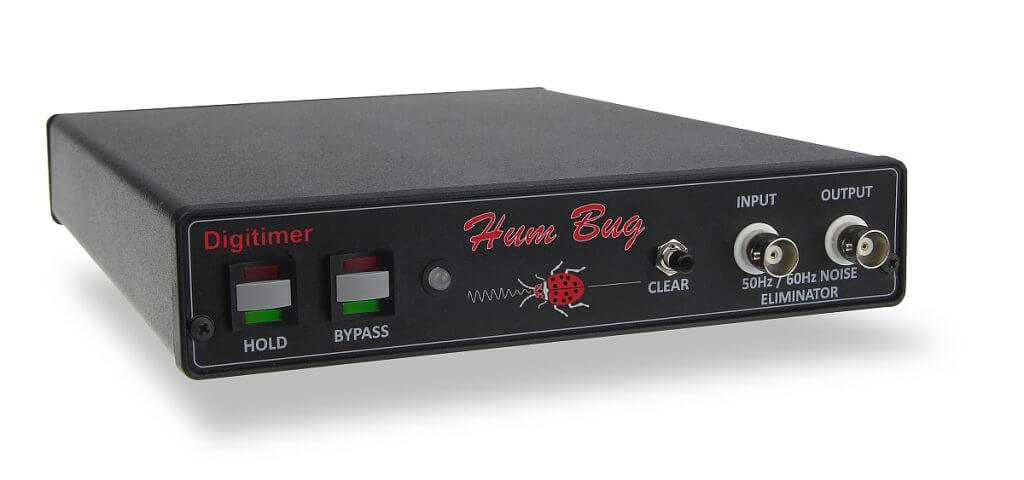
Originally developed by Quest Scientific Instruments Inc., the Hum Bug Noise Eliminator is now globally regarded as the ‘gold standard’ device for effective mains noise removal.
Capable of eliminating electrical interference (50/60Hz noise) from physiological recordings – crucially, without altering the signal of interest – it has set the benchmark for performance in this area. Which is why, in 2021, we were delighted to acquire ownership of this pioneering device.
Since then, we have worked on an updated and redesigned version.
Externally, this new version is almost identical to the original. But on the inside, we have replaced the original thru-hole PCB with a new one that uses modern surface mount components. We have also made some small changes to enhance its usability, especially when a researcher moves between countries with 110V and 220V mains supplies. Together, these changes have cemented its status as the best single-channel mains noise eliminator currently available.
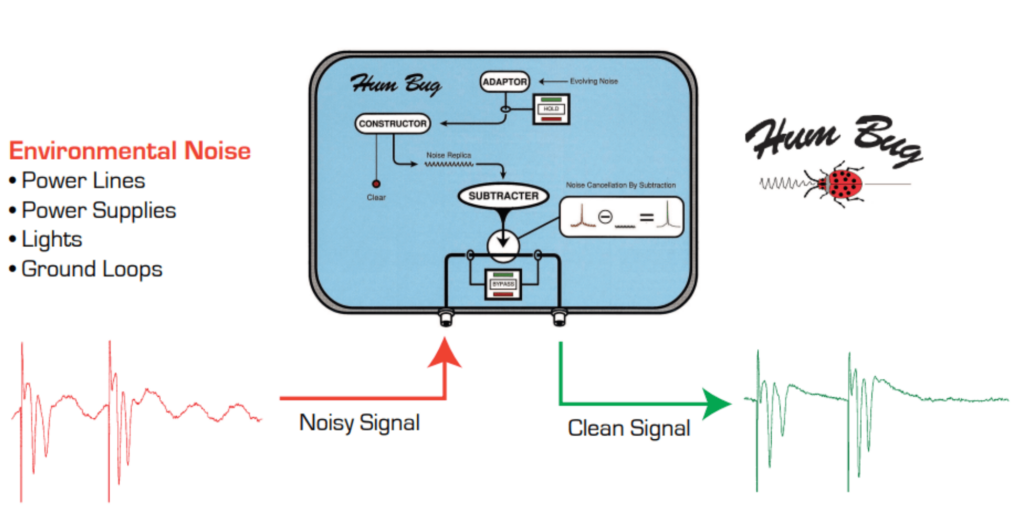
Developed by Digitimer – with the revolutionary principles of the Hum Bug in mind – the D400 Mains Noise Eliminator is a standalone instrument, which can remove 50Hz and 60Hz noise interference from multiple channels simultaneously, without degrading the original signals of interest.
Three versions are available, including a 2, 4 and 8-channel device.
As signals are passed through these devices, they rapidly construct a phase-locked ‘mains noise template’ for each channel and subtract this from the original signal.
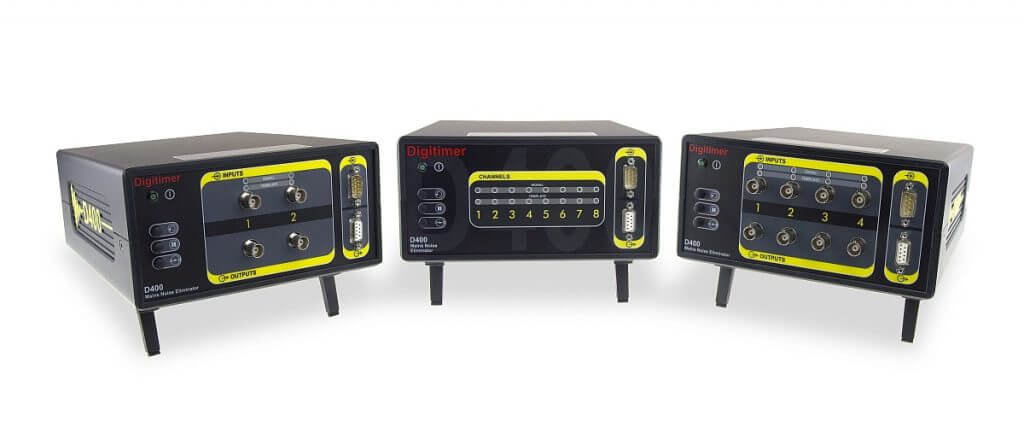
4 reasons to swap your notch filter for a noise eliminator
Whether you’re still struggling with a 50/60Hz notch filter, or have an outdated version of the Quest Scientific Hum Bug Noise Eliminator, here we outline just a few reasons why it may be worth upgrading to our newly developed and leading devices.
Effectiveness
Notch filters are a crude solution when compared with modern technology.
If the frequency components of the signal overlap with the filtered frequencies, this can lead to several issues – including distortion of the input waveform, phase shifts, frequency loss, amplitude errors, DC shifts and time delays. All of which can degrade the quality of subsequent data analysis and ultimately any experimental conclusions.
However, with our devices, these issues cannot occur – because they’re not filters.
Both the Hum Bug and D400 will eliminate 50Hz or 60Hz electrical interference (and harmonics) without altering the signal of interest. Even if the signal has 50Hz or 60Hz components, these will be left untouched by the noise eliminator – meaning your final data will be much more accurate.
Simplicity
Traditional approaches to electrical noise elimination – including both 50/60Hz mains notch filters and Faraday cages – can be difficult to handle and challenging to implement effectively.
This can make noise removal a very time-consuming and stressful task.
By contrast, both our hum eliminator and D400 are real-time devices that are incredibly easy to use. Simply connect them between your preamplifier and analysis or recording equipment, and they will automatically eliminate electrical interference whilst letting key signals pass through unchanged.
No settings or adjustments are required.
Flexibility
The only drawback of the original Quest Scientific Hum Bug was that it was specifically made for local mains voltage (220V), and will not operate when connected to a 110V supply. This can be rectified with a hardware modification, but it does require opening up the device’s enclosure and the use of a soldering iron.
Whilst redesigning the device, a voltage selector switch was therefore added.
This allows the noise eliminator to operate with both 220V and 110V supplies, without the need for any internal modifications. Switching between the two voltages simply requires a fuse change – meaning the device is now suitable for those who wish to use it in different regions of the world.
Scalability
Want to record multiple signals of interest?
Whilst a separate notch filter would be required for each individual channel, the D400 noise eliminator can tackle up to 8 channels at once. An independent noise template is created for each channel, and these evolve constantly – so any changes in the noise are corrected for.
The D400 is also supplied with virtual front panel software, which adds functionality and permits quick and easy control of the individual channels of interest.
Want to find out more about our mains noise eliminators?
For further information on the Hum Bug Noise Eliminator and D400 Mains Noise Eliminator – and how they could be of benefit to you – be sure to take a look at our product brochure and supporting documents. These feature additional technical information and specifications that should be able to help.
Both of our noise eliminators can eliminate noise from virtually any analogue signal.
They’re now used in laboratories all over the world. And some of the most common applications include noise elimination from signals recorded using microelectrodes, skin electrodes (e.g. ECG, EMG, EEG), high grain amplifiers, magnetic sensors and audio equipment.
If you’re unsure whether a noise eliminator is right for your needs, or have any further questions, please don’t hesitate to get in touch. We’re always happy to talk you through the features of these devices and will do everything we can to help you make an informed decision on your purchase.
Simply give us a call on +44 (0)1707 328347 or send an email to [email protected].
Alternatively, if you’d like to register your interest in either the Hum Bug or D400 and request a quote, you can do so by filling out our online form. A member of the team will respond to your enquiry as soon as possible.
